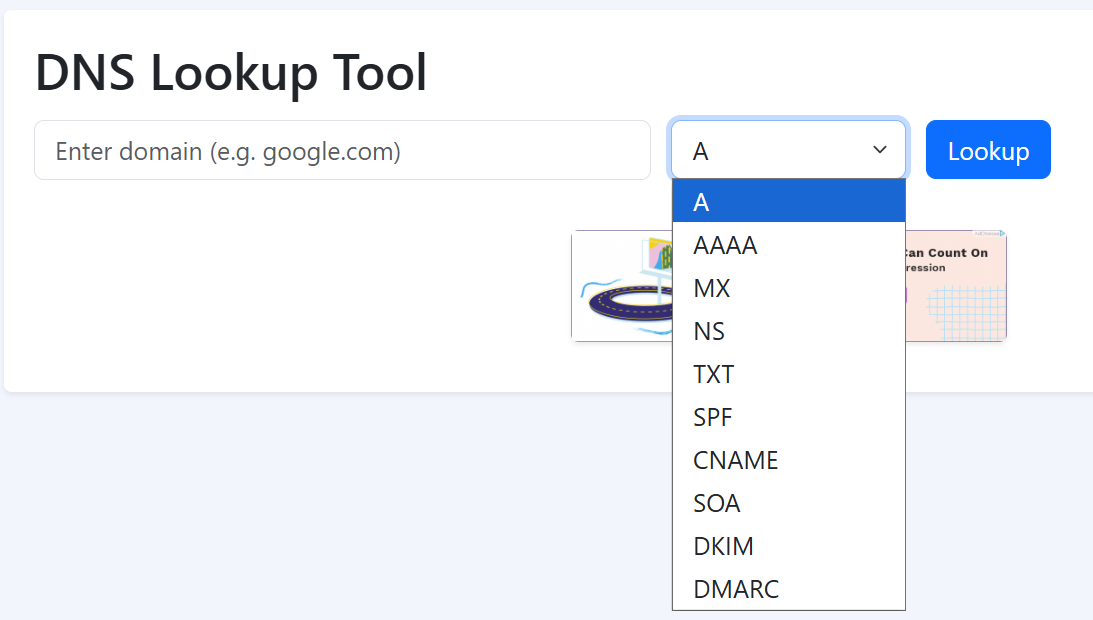Often likened to the Internet’s phonebook, the Domain Name System (DNS) is far more than a simple lookup tool. It is a fundamental layer of the global web infrastructure that enables users to access websites with human-friendly names rather than complex numerical IP addresses. This article breaks down how DNS works, why it's essential, and how it impacts every online interaction.
What Exactly is DNS?
DNS, short for Domain Name System, is a distributed and hierarchical method of assigning names to computers, services, and devices linked to the internet or private networks. Its main task is to convert easy-to-remember domain names like www.solutionviews.com into IP addresses such as 192.0.2.1, which are necessary for machines to communicate.
Why Do We Need DNS?
In the early internet days, a simple file called "hosts" maintained name-to-IP mappings. This system worked when the network was small. However, with rapid internet expansion, that method became impractical. DNS was introduced to address this scalability problem, making it possible to manage millions of domains efficiently.
How DNS Operates
The DNS lookup process is multi-layered and involves several components working in sequence:
DNS Lookup Process:
- Check Local Cache: System checks locally if IP is already known.
- Recursive Resolver Inquiry: Queries are sent to a DNS resolver.
- Root DNS Server Query: If needed, resolver contacts a root server.
- TLD DNS Server Referral: Resolver is referred to the TLD server.
- Authoritative DNS Server Response: TLD server directs query to domain’s DNS server.
- Final IP Retrieval: Resolver gets IP and shares it with the browser.
- Webpage Load: Browser loads site using the resolved IP.
Common DNS Record Types
DNS records store various types of data beyond basic domain-to-IP mapping:
- A Record: Maps domain to an IPv4 address.
- AAAA Record: Maps domain to an IPv6 address.
- CNAME Record: Creates aliases to other domains.
- MX Record: Routes emails to mail servers.
- TXT Record: Stores custom textual data.
- NS Record: Specifies authoritative DNS servers.
- SOA Record: Contains administrative domain information.
- PTR Record: Maps IP to domain (reverse lookup).

Why DNS Matters
The DNS system is critical for several reasons:
- Simplified Access: Enables user-friendly URLs instead of IPs.
- Traffic Distribution: Balances traffic among servers.
- Email Direction: Routes email correctly via MX records.
- Security Filtering: Helps block unsafe sites.
- Service Discovery: Locates services in networks.
DNS Vulnerabilities and Security
Threats:
- DNS Cache Poisoning: Redirects users to malicious websites.
- DNS Tunneling: Hides data in DNS queries.
- DDoS Attacks: Overloads DNS servers, disrupting access.
Defense Mechanisms:
- DNSSEC: Validates responses with cryptographic signatures.
- DNS over HTTPS (DoH) & DNS over TLS (DoT): Encrypt DNS traffic.
The Role of DNS in Content Delivery Networks (CDNs)
How CDNs Use DNS:
- Anycast Routing: Same IP points to multiple servers.
- Geolocation Awareness: Finds nearest edge server to the user.
- Dynamic Server Allocation: Adjusts based on traffic or outages.
- Content-Specific Routing: Optimizes static vs. dynamic content delivery.
Benefits:
- Faster load times
- Balanced server loads
- Automatic failover
- Improved content optimization
Considerations:
- DNS TTL: Controls update frequency but may increase load.
- EDNS Client Subnet: Improves accuracy but raises privacy issues.
- DNSSEC Compatibility: Needed for dynamic DNS safety.
Final Thoughts
Although it often works quietly in the background, the Domain Name System is an essential pillar of the internet. Its smart design and decentralized architecture allow billions of users to browse the web effortlessly every day.
As technology evolves—introducing new devices, services, and threats—DNS continues to adapt. From boosting cybersecurity to improving content delivery, it remains a foundational tool in the digital world.
Whether you're a tech enthusiast, developer, or casual user, understanding DNS can improve how you interact with the internet. Every search, every click, and every email relies on DNS—making it one of the most critical, yet unseen, technologies of our time.


